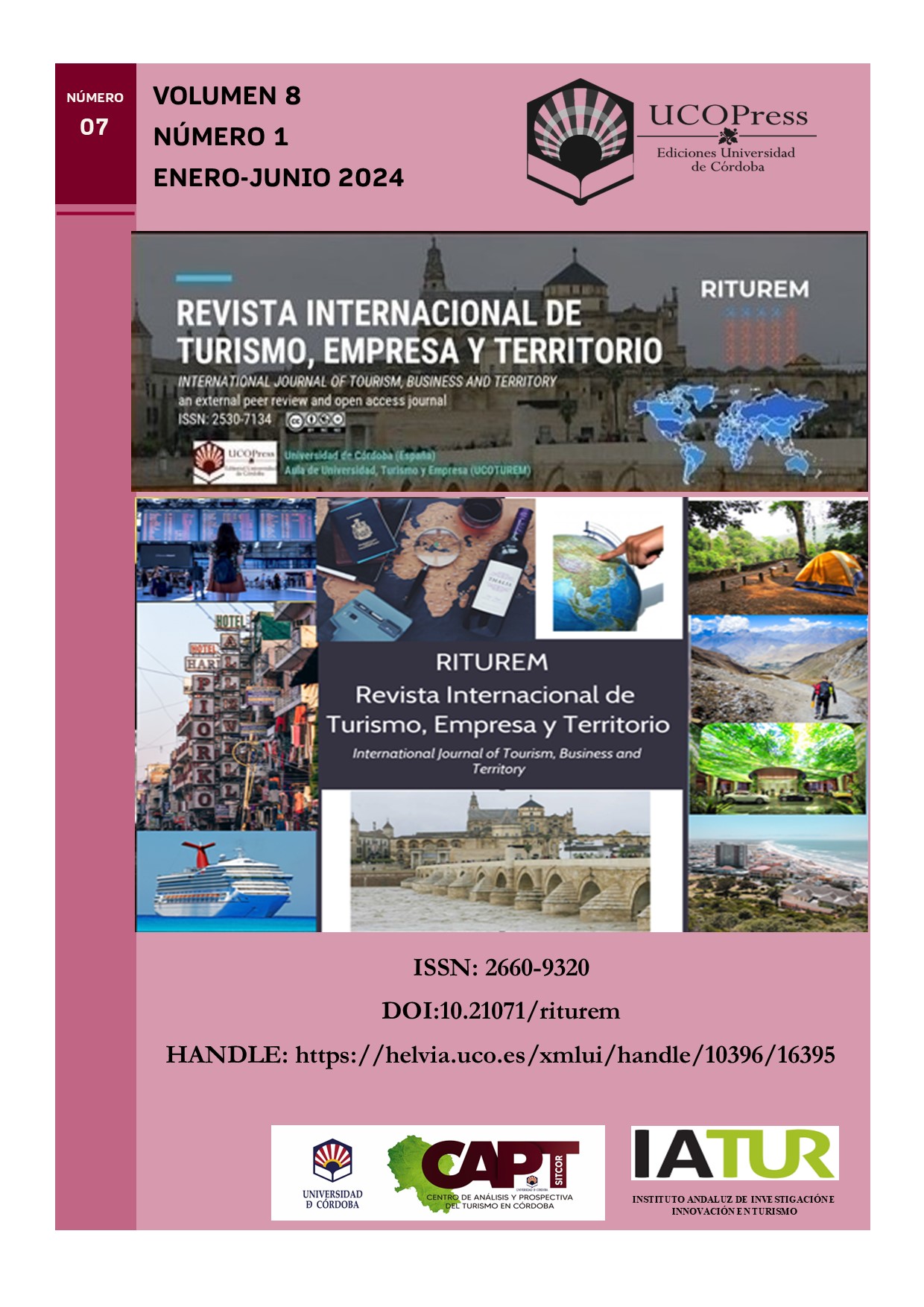Empathy maps: a tool for assessing tourist needs and motivations.
Main Article Content
Abstract
The study seeks to generate information on the visitor profile of the destination city of Pilar, identifying their needs and motivations through the empathy map. This tool developed by Dave Gray allows segmenting and designing the tourist profile according to their perspectives on: thinking-feeling, seeing, listening, saying-doing, motivations and frustrations. It uses the Design Thinking methodology focused on the needs of the study population. This research is qualitative, descriptive and non-experimental. Data collection was done through digital surveys and the sampling was non-probabilistic. The data were analyzed using descriptive statistical methods, the segmentation of participants by age ranges was performed, five types of tourist prototypes are identified, fictitious names are assigned to humanize the process. For the graphic representation of the empathy map, the responses were analyzed by each category and gathered into key concepts. Common interests among the five segments are identified. The tool facilitates a segmentation and design of the tourist profile based on thoughts, feelings, perceptions and behaviors, promoting a sustainable and empathetic destination. Longitudinal research is recommended to observe the evolution of visitors' needs and motivations.
Keywords: map, empathy, profile, tourist, tourism; Pilar; Paraguay.
Downloads
Article Details
Copyright Notices Proposed by Creative Commons
Proposed policy for journals offering deferred open access
Those authors who have publications with this journal, accept the following terms:
1. The authors will retain their copyright and guarantee to the journal the right of first publication of their work, which will be simultaneously subject to the Creative Commons Recognition License CC BY-NC 4.0 (Creative Commons — Attribution-NonCommercial 4.0 International — CC BY-NC 4.0 ) hird parties to share the work provided that its author and its first publication is indicated this journal and no commercial use is made.
2. Authors may adopt other non-exclusive licensing agreements for the distribution of the published version of the work (e.g., deposit it in an institutional telematics file or publish it in a monographic volume) provided that the initial publication is indicated in this journal.
3. Authors are allowed and recommended to disseminate their work over the Internet (e.g. in institutional telematics files or on their website) before and during the submission process, which can produce interesting exchanges and increase citations of the published work. (See The effect of open access: http://opcit.eprints.org/oacitation-biblio.html.
